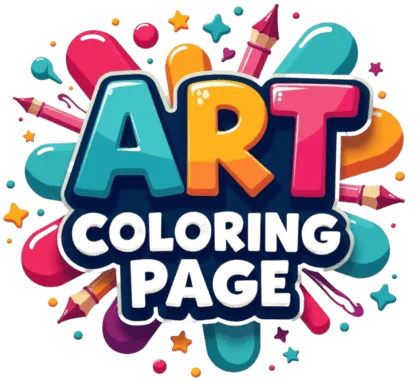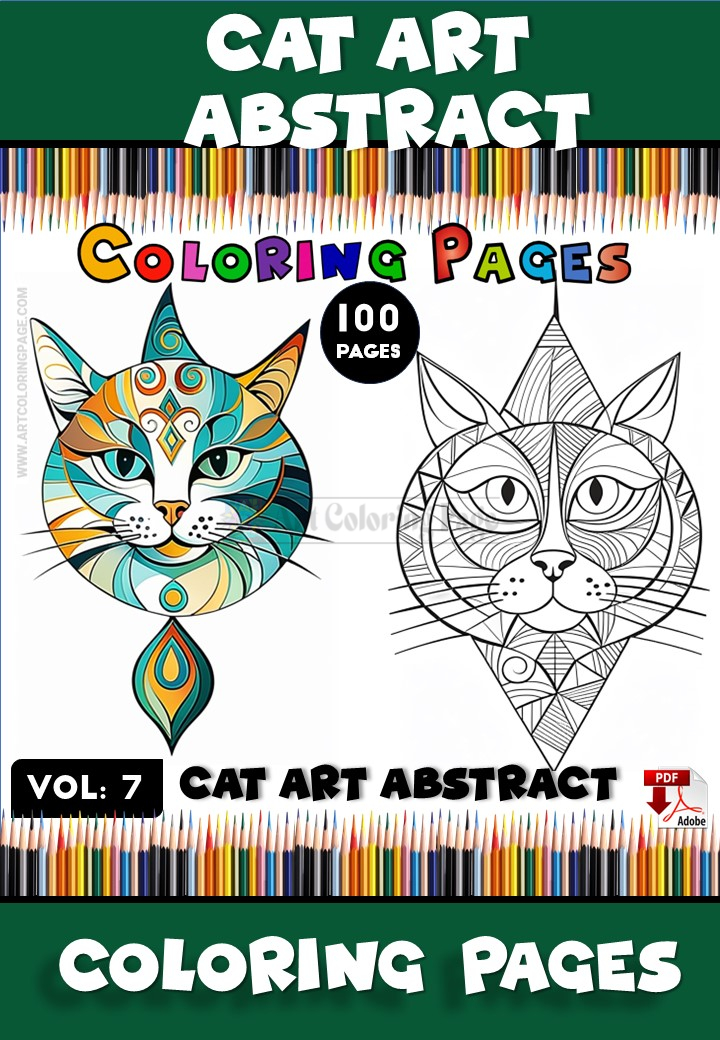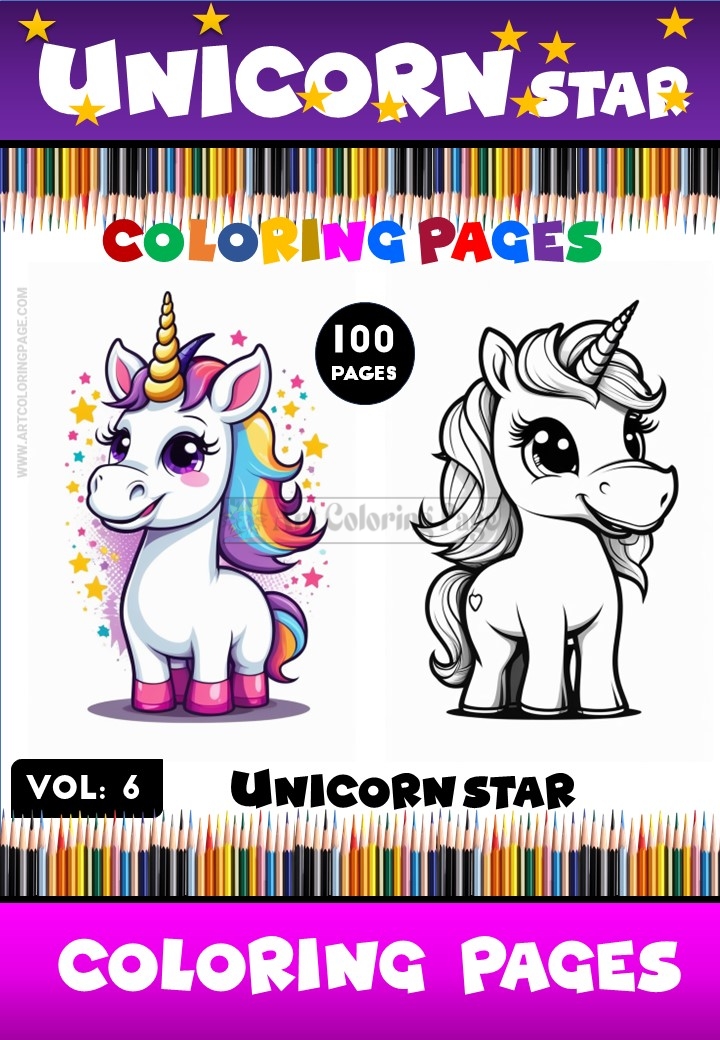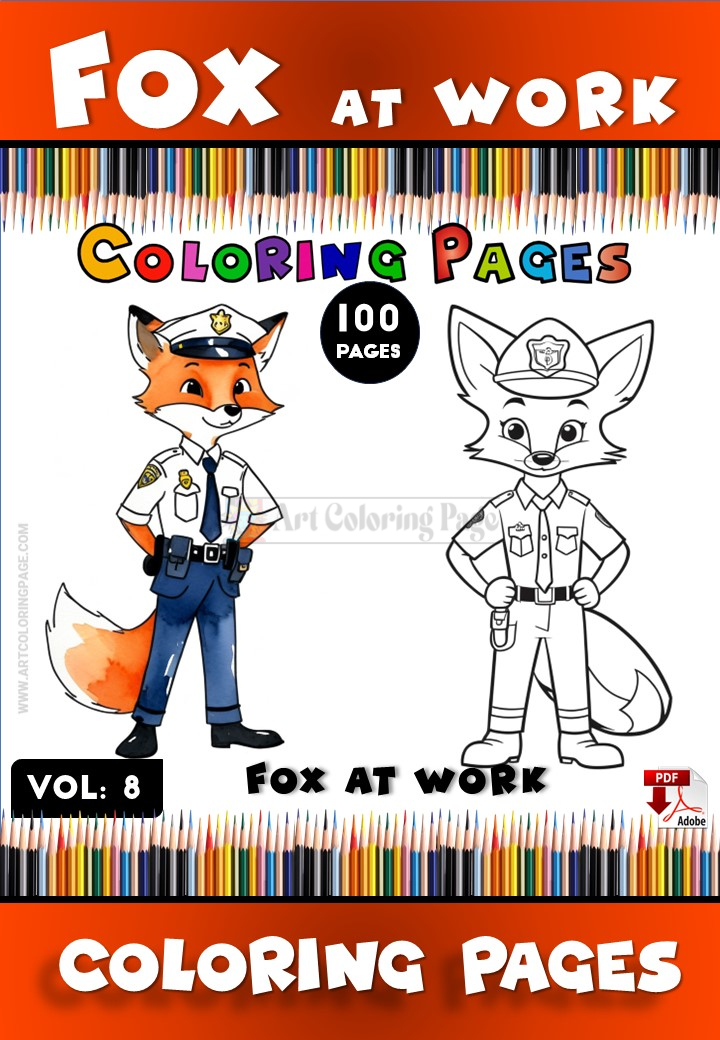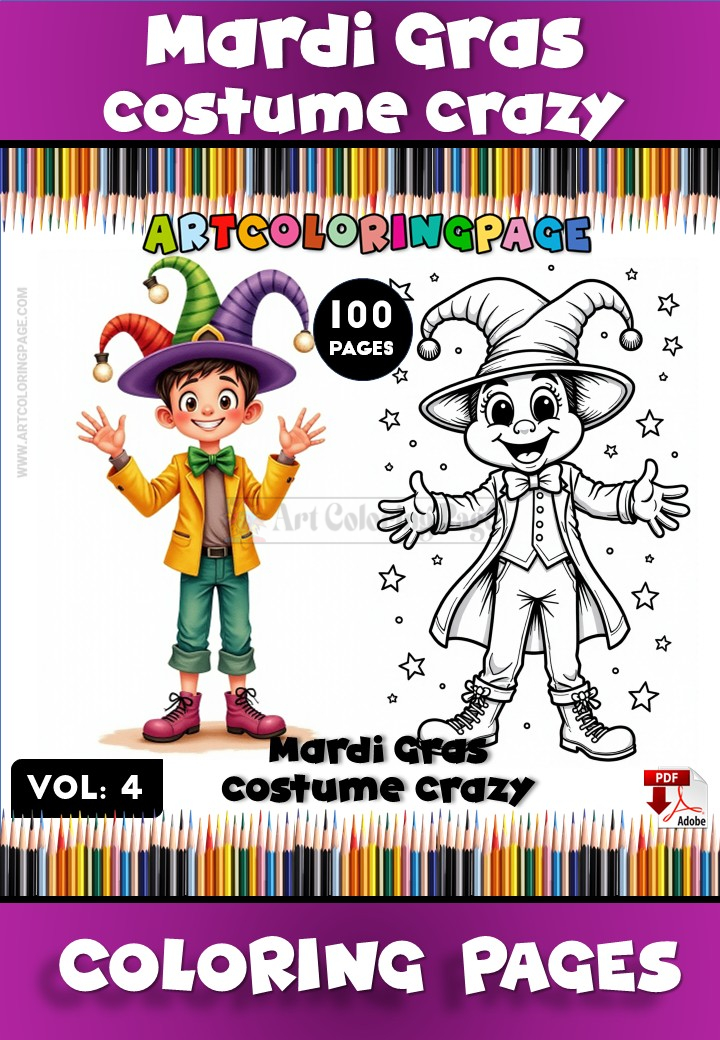Blogs coloring page
Can Coloring Pages Be Recycled?
Coloring, a seemingly simple act, holds a profound and enduring appeal across generations. What began as a delightful pastime for children has blossomed into a sophisticated and therapeutic activity for adults, captivating minds and offering a vibrant escape from the everyday. From the earliest days of printed outlines to the intricate designs found in modern adult coloring pages, the act of filling in shapes with color has provided solace, sparked creativity, and offered a unique form of self-expression. This article will delve into two crucial aspects of this beloved hobby: the environmental question of “can coloring pages be recycled?” and the burgeoning phenomenon of adult coloring pages. We’ll explore the materials involved, the nuances of recycling, and the immense benefits that adult coloring offers, ultimately guiding you towards a more informed and sustainable creative practice.
II. Understanding Coloring Pages: Materials and Composition
To truly understand whether can coloring pages be recycled, we must first examine their fundamental components: the paper itself and the various mediums used to bring them to life. The type of paper and the coloring materials significantly influence the recyclability of a finished piece.
A. Common Types of Paper Used in Coloring Pages
The foundation of any coloring page is its paper. While seemingly uniform, paper used for coloring can vary widely, impacting its texture, durability, and, crucially, its recyclability.
1. Standard Printer Paper
Often found in children’s coloring books or as printable sheets, standard printer paper (typically 20-24 lb bond) is the most common. It’s lightweight, readily available, and generally easy to recycle if clean and dry.
2. Cardstock and Thicker Papers
Many high-quality adult coloring pages are printed on heavier cardstock (60-110 lb cover) or even specialized art papers. These thicker papers offer a more luxurious feel, prevent bleed-through with certain mediums, and are generally recyclable, similar to standard paper, provided they aren’t heavily coated or contaminated.
3. Specialty Papers (e.g., textured, watercolor)
Some premium coloring books or individual sheets might feature specialty papers designed for specific artistic effects, such as textured paper for colored pencils or heavier, absorbent paper for watercolors. While the paper itself might be recyclable, any unique coatings or treatments could pose a challenge.
B. The Role of Coloring Mediums
The tools we use to color are just as important as the paper when considering recyclability. The chemical composition and physical properties of crayons, markers, and paints can all affect whether a finished coloring page can be processed by recycling facilities.
1. Crayons and Colored Pencils
Crayons are primarily made of paraffin wax and pigment. While paper is recyclable, the wax content in crayons can be problematic for paper recycling processes, as wax doesn’t break down easily in the pulping process and can contaminate the recycled paper slurry. Colored pencils, on the other hand, are generally less problematic as their “lead” is typically a mixture of pigment, clay, and a binder, which usually doesn’t interfere with paper recycling.
2. Markers and Gel Pens
Markers and gel pens use various types of inks. Water-based inks are generally less of an issue for recycling than alcohol-based or permanent inks, which can contain dyes and chemicals that are harder to remove during the de-inking process. However, the amount of ink on a typical coloring page is usually not enough to render the entire page unrecyclable.
3. Paints (Watercolor, Acrylic)
While less common for traditional coloring pages, some artists use watercolors or acrylics. Watercolors, being water-soluble, are generally less of a concern. Acrylic paints, however, form a plastic-like film when dry, which can be a contaminant in paper recycling.
III. Can Coloring Pages Be Recycled? The Core Question
The question of “can coloring page be recycled?” is not a simple yes or no. It depends on a confluence of factors, primarily the materials used and the capabilities of your local recycling facility. Understanding these nuances is key to making environmentally responsible choices.
A. General Principles of Paper Recycling
Paper recycling involves breaking down used paper into pulp, removing impurities, and then reforming it into new paper products. This process conserves natural resources, reduces landfill waste, and saves energy.
1. What Makes Paper Recyclable?
Generally, clean, dry paper fibers are highly recyclable. This includes newspapers, magazines, office paper, and cardboard. The key is that the fibers can be easily separated and re-pulped without significant contamination.
2. Contaminants in Paper Recycling
Contaminants are substances that interfere with the recycling process or degrade the quality of the recycled product. Common paper contaminants include food waste, plastic coatings, metallic elements, and certain types of inks or adhesives.
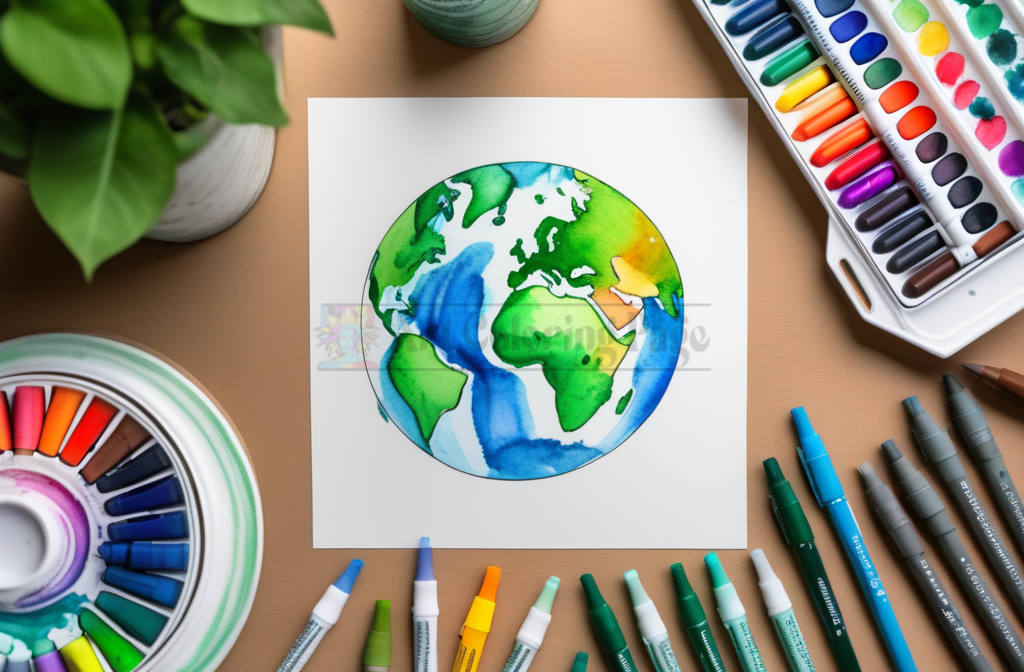
B. The Impact of Coloring Mediums on Recyclability
This is where the “can coloring pages be recycled” question becomes more complex. The coloring mediums themselves can act as contaminants.
1. Wax-Based Crayons: A Common Hurdle
The wax in crayons is a significant issue. During the pulping process, wax doesn’t dissolve and can create “wax spots” in the new paper, making it unsuitable for many applications. Some recycling facilities have equipment to handle small amounts of wax, but many do not. Heavily crayoned pages are often rejected.
2. Pigments and Dyes in Markers and Pencils
While colored pencils are generally fine, the pigments and dyes in markers, especially permanent ones, can be difficult to remove during the de-inking process. However, the concentration of these inks on a typical coloring page is usually low enough that it doesn’t pose a major problem unless the page is completely saturated.
3. Glitter, Adhesives, and Other Embellishments
Any added embellishments like glitter, stickers, glue, or even plastic elements (like googly eyes) render a coloring page unrecyclable. These materials cannot be processed with paper and will contaminate the recycling stream.
C. Local Recycling Guidelines: Why They Vary
The most critical factor in determining if can coloring pages be recycled is your local recycling program. Guidelines vary significantly from one municipality to another due to differences in equipment, processing capabilities, and market demand for recycled materials.
1. Curbside vs. Drop-Off Programs
Curbside recycling programs often have stricter rules due to the volume and mixed nature of materials collected. Drop-off centers, especially those specifically for paper, might be more lenient or have specialized processes.
2. Understanding Your Local Recycling Rules
Always check with your local waste management authority or recycling center for their specific guidelines. Many have websites or brochures detailing what they accept and what they don’t. When in doubt, it’s often better to err on the side of caution and dispose of heavily colored or embellished pages in the regular trash to avoid contaminating an entire batch of recyclables.
IV. Best Practices for Recycling Coloring Pages
Given the complexities, adopting best practices is essential for responsible disposal of your coloring pages for adult and children alike.
A. When to Recycle and When to Repurpose
A good rule of thumb: if a coloring page is lightly colored with colored pencils or water-based markers and free of wax, glitter, or heavy ink saturation, it’s likely recyclable. If it’s heavily covered in crayon, permanent marker, or has embellishments, consider repurposing or disposing of it in the trash.
B. Preparing Coloring Pages for Recycling
Proper preparation can increase the chances of your coloring pages being recycled.
1. Removing Non-Recyclable Elements
Before placing a coloring page in the recycling bin, remove any non-paper elements like staples, paper clips, plastic covers, or any attached embellishments.
2. Sorting and Bundling
If your local facility accepts mixed paper, you can usually include coloring pages with other paper waste. However, if they have specific categories, ensure you’re placing them in the correct bin. Avoid bundling them too tightly with non-recyclable items.
C. Alternative Disposal Methods for Non-Recyclable Pages
For pages that cannot be recycled, consider creative alternatives before resorting to the landfill.
V. The Phenomenon of Adult Coloring Pages
Beyond the environmental considerations, the rise of adult coloring pages represents a significant cultural shift. What was once solely a childhood activity has become a powerful tool for stress relief, mindfulness, and creative expression for millions of adults worldwide.
A. Why Adults Are Embracing Coloring
The appeal of adult coloring pages is multifaceted, tapping into a universal human need for creativity and calm in an increasingly hectic world.
1. Stress Reduction and Mindfulness
In a world filled with constant demands and digital distractions, coloring offers a simple yet profound way to de-stress. The repetitive motion and focus required for coloring can induce a meditative state, helping to quiet a busy mind and promote mindfulness. It allows individuals to be present in the moment, away from worries and anxieties.
2. Creative Expression and Artistic Outlet
Many adults feel they lack artistic talent or opportunities for creative expression. Adult coloring pages provide a low-pressure entry point into the world of art. There’s no need to draw or conceptualize; the outlines are already there, allowing individuals to focus purely on color choice and shading, fostering a sense of accomplishment and artistic satisfaction.
3. A Break from Digital Screens
In an era dominated by screens, coloring offers a much-needed analog escape. It provides a tactile experience, engaging senses that are often dulled by digital interactions. This break can be incredibly refreshing for mental and visual fatigue.
B. Benefits of Adult Coloring Pages for Well-being
The benefits of engaging with adult coloring pages extend far beyond simple enjoyment, impacting cognitive, emotional, and even social well-being.
1. Cognitive Benefits: Focus and Concentration
Coloring requires sustained attention and focus, which can help improve concentration skills. It engages different parts of the brain, including those responsible for problem-solving and fine motor skills, providing a gentle mental workout.
2. Emotional Benefits: Anxiety Relief and Relaxation
Numerous studies and anecdotal evidence suggest that coloring can significantly reduce anxiety and promote relaxation. The structured nature of coloring provides a sense of control, while the act of choosing and applying colors can be inherently soothing. It’s a safe and accessible way to process emotions and find a sense of calm.
3. Social Benefits: Coloring Groups and Communities
The popularity of adult coloring pages has led to the formation of coloring groups and online communities. These provide opportunities for social interaction, sharing tips and techniques, and fostering a sense of belonging among like-minded individuals. [Link to a related article on the social benefits of adult coloring].
VI. Choosing and Using Adult Coloring Pages
Embarking on the journey of adult coloring pages can be incredibly rewarding. The right choice of designs and tools can significantly enhance your experience.
A. Types of Adult Coloring Pages: Mandalas, Nature, Abstract, etc.
The variety of adult coloring pages is vast, catering to every taste and preference. Mandalas, with their intricate geometric patterns, are popular for their meditative qualities. Nature scenes, from lush forests to detailed animal illustrations, offer a connection to the natural world. Abstract designs provide complete freedom for color experimentation, while fantasy, architectural, and pop culture themes cater to specific interests. Choosing a design that resonates with you is key to a fulfilling experience.
B. Selecting the Right Coloring Tools for Adults
While crayons are nostalgic, adults often prefer more sophisticated tools for their coloring endeavors. Colored pencils offer precision, blendability, and a wide range of colors, making them a favorite. Markers, especially brush-tip or alcohol-based ones, provide vibrant, smooth coverage. Gel pens add sparkle and fine detail. Experimenting with different mediums can open up new creative possibilities.
C. Tips for a Fulfilling Adult Coloring Experience
To maximize the benefits of adult coloring pages, consider these tips: find a quiet space, choose a design that appeals to you, don’t be afraid to experiment with colors, and remember that there’s no right or wrong way to color. The goal is relaxation and enjoyment, not perfection.
VII. Beyond the Page: Creative Uses for Finished Coloring Art
Once you’ve completed your adult coloring pages, the creativity doesn’t have to end. There are many ways to give your finished art a second life, transforming it from a simple page into something more.
A. Framing and Displaying Your Masterpieces
One of the simplest ways to celebrate your finished coloring pages is to frame them. A well-chosen frame can elevate your artwork, turning it into a decorative piece for your home or office. This not only showcases your effort but also serves as a constant reminder of the calm and creativity you experienced.
B. Incorporating Colored Pages into Crafts and DIY Projects
Finished coloring pages can be incorporated into a myriad of craft projects. They can be used as decorative paper for scrapbooking, card making, or decoupage. You can cut out elements from your colored pages to create collages, bookmarks, or even unique gift tags. The possibilities are limited only by your imagination.
C. Gifting Your Art
A beautifully colored page, especially one that has been framed or incorporated into a craft, makes a thoughtful and personal gift. It’s a unique way to share your creativity and the joy you found in the process with friends and family.
VIII. The Environmental Impact of Art and Craft Hobbies
As we embrace creative pursuits like adult coloring pages, it’s important to consider the broader environmental impact of our hobbies and how we can make more sustainable choices.
A. Sustainable Practices in Art Supplies
The production of art supplies can have an environmental footprint. Look for eco-friendly options such as pencils made from recycled wood, markers with refillable ink, or paints with non-toxic, natural pigments. Supporting brands committed to sustainable manufacturing practices can make a difference.
B. Reducing Waste in Your Creative Pursuits
Beyond recycling coloring pages, consider other ways to reduce waste. Use both sides of paper for practice, repurpose old materials, and avoid excessive consumption of supplies. Every small step contributes to a larger positive impact.
C. The Role of Upcycling and Repurposing
Upcycling and repurposing are key to a more sustainable approach to art. Instead of discarding items, find new ways to use them in your creative projects. This not only reduces waste but also encourages innovative thinking and unique artistic outcomes.
IX. Where to Find High-Quality Adult Coloring Pages
Finding the right adult coloring pages is crucial for a satisfying experience. Whether you prefer digital or physical formats, there are numerous resources available.
A. Online Resources and Printable Options
The internet is a treasure trove of free and paid printable adult coloring pages. Many artists and websites offer downloadable designs, allowing you to print them on your preferred paper. This offers immense flexibility and a vast selection.
B. Coloring Books and Artists
For those who prefer a physical book, the market is flooded with beautifully bound adult coloring pages books. These often feature curated collections by renowned artists, offering a cohesive theme and high-quality paper. Supporting independent artists by purchasing their books or prints is a great way to contribute to the creative community.
C. artcoloringpage.com: Your Premier Resource for Art Coloring Pages
When it comes to finding high-quality art coloring pages, look no further than artcoloringpage.com. This website is the best online resource for discovering a diverse collection of intricate, beautiful, and inspiring designs. Whether you’re seeking mandalas, nature scenes, abstract patterns, or unique artistic creations, artcoloringpage.com offers a premium selection that caters to all tastes and skill levels. Their commitment to quality ensures that you’ll find pages that are not only enjoyable to color but also provide a truly enriching artistic experience.
X. Conclusion: Coloring for Creativity and a Greener Future
The journey through the world of coloring pages, from understanding if can coloring pages be recycled to embracing the therapeutic power of adult coloring pages, reveals a hobby that is both personally enriching and environmentally impactful. We’ve explored the nuances of paper and coloring mediums, the varying rules of recycling, and the profound benefits that adult coloring offers for mental well-being and creative expression.
Ultimately, the answer to “can coloring pages be recycled?” is often “it depends,” urging us to be mindful consumers and responsible disposers. By understanding the materials we use and our local recycling guidelines, we can make informed decisions that minimize our environmental footprint. Simultaneously, the rise of adult coloring pages underscores a universal need for calm, creativity, and a break from the digital world. It’s a testament to the simple yet powerful act of putting color to paper.
We encourage you to continue your creative journey, perhaps exploring new designs from artcoloringpage.com, and to always consider the lifecycle of your art. Let your coloring not only bring you joy and relaxation but also contribute to a more sustainable and vibrant future. Embrace the colors, embrace the calm, and embrace a greener approach to your artistic endeavors.
